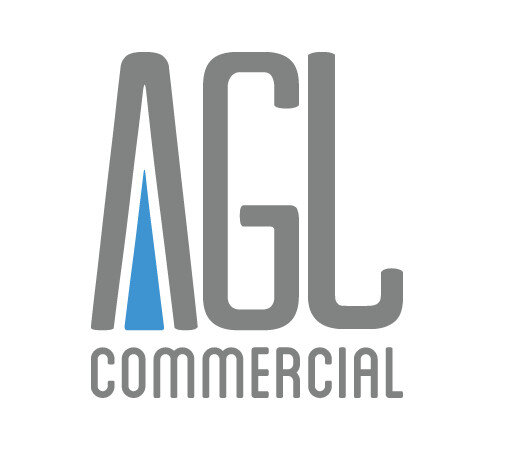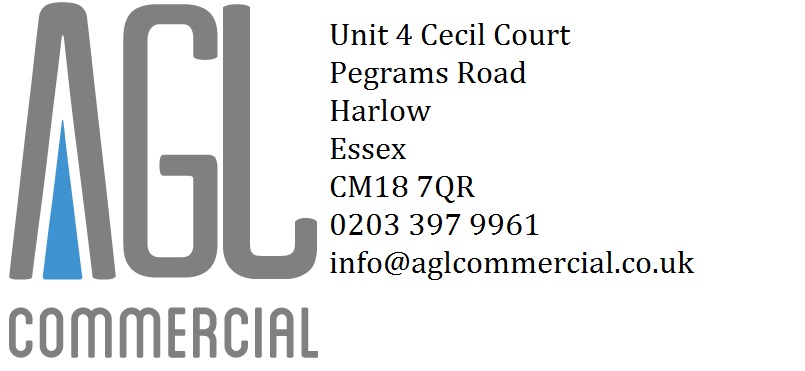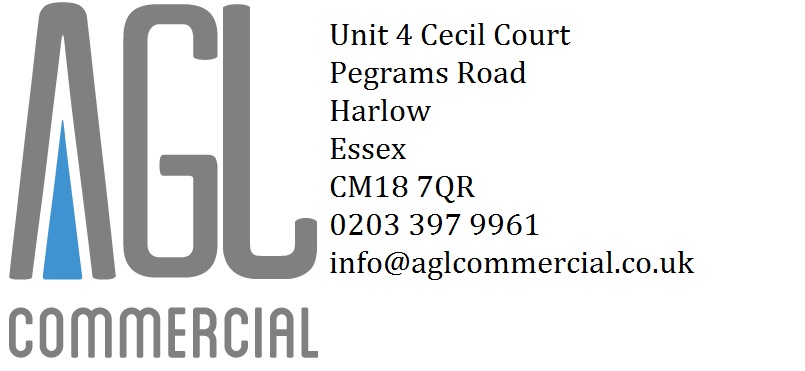Information
-
Site conducted
-
Principle contractor site Manager
-
AGL Project Manager for this site
-
Toolbox talk carried out by
-
Toolbox talk carried out on
-
Location
Local Exhaust Ventilation
-
Local Exhaust Ventilation (LEV)
Overview
This section will cover the essential measures required for ensuring the effectiveness of Local Exhaust Ventilation (LEV) systems.
What is LEV?
1 LEV refers to equipment designed to control and capture airborne contaminants generated during various industrial processes.
2 In construction and industrial settings, LEV systems are crucial for removing dust, fumes, and other hazardous substances at the source of emission.
3 LEV systems typically consist of hoods, ducts, fans, and filters to capture and remove contaminants from the workplace air.
Requirements and Limitations
1 LEV systems are designed to protect workers by capturing and removing hazardous substances at the source.
2 Proper maintenance and adherence to manufacturer's instructions are essential for the effective functioning of LEV systems.
3 LEV systems must meet minimum standards, such as being Class 'M' or Class 'H' extraction systems, as per regulatory requirements.
4 Use of domestic vacuum cleaners like Henry Hoover is prohibited as LEV systems due to their inadequate performance and filtration capabilities.
5 Thorough examinations of LEV systems must be conducted every 14 months to ensure compliance with regulations and to maintain effectiveness.
6 The responsibility for conducting thorough examinations lies with the owner of the equipment, typically the subcontractor in a construction context.
7 Thorough examination reports must be issued to site management and retained on-site for regulatory compliance and reference.
Employer Responsibilities
1 Employers must assess workplace risks related to airborne contaminants and ensure the use of LEV where necessary.
2 Provide appropriate LEV equipment that meets regulatory standards.
3 Ensure proper training for employees on the use and limitations of LEV systems.
4 Organize regular maintenance and thorough examinations of LEV systems.
5 Replace or repair defective LEV equipment promptly to maintain effectiveness.
Employee Responsibilities
1 Use LEV systems in accordance with provided training and instructions.
2 Report any defects or loss of effectiveness in LEV equipment to the employer.
3 Cooperate with employer efforts to maintain and inspect LEV systems for safety and effectiveness. 4 Do not operate machinery or perform tasks that require LEV without its proper functioning and availability.
Do you have any questions regarding Local Exhaust Ventilation (LEV) systems?
Toolbox talk attendee register
-
Toolbox talk attendees -
Engineer -
-
Have you fully understood this toolbox talk?
-
Please report to your supervisor to discuss your concerns.
-
Name of engineer -
-
Signature -








